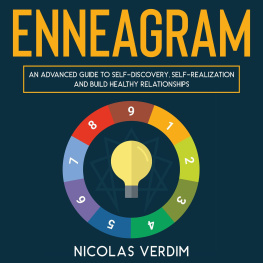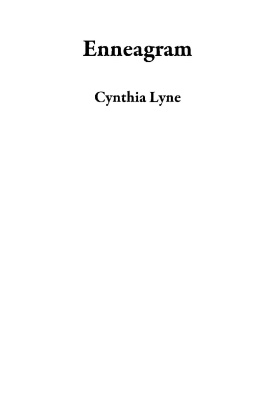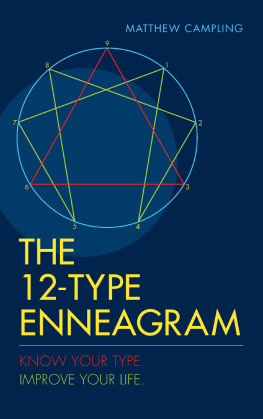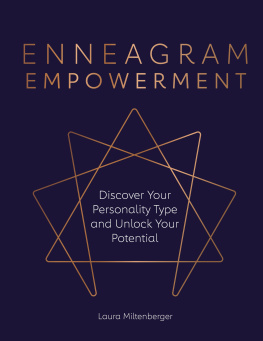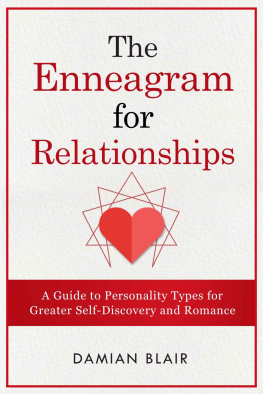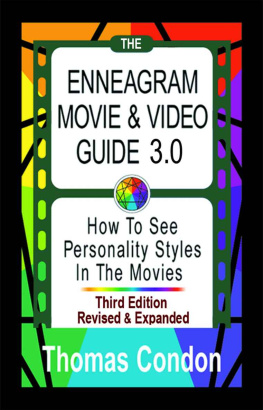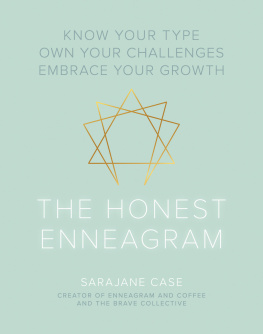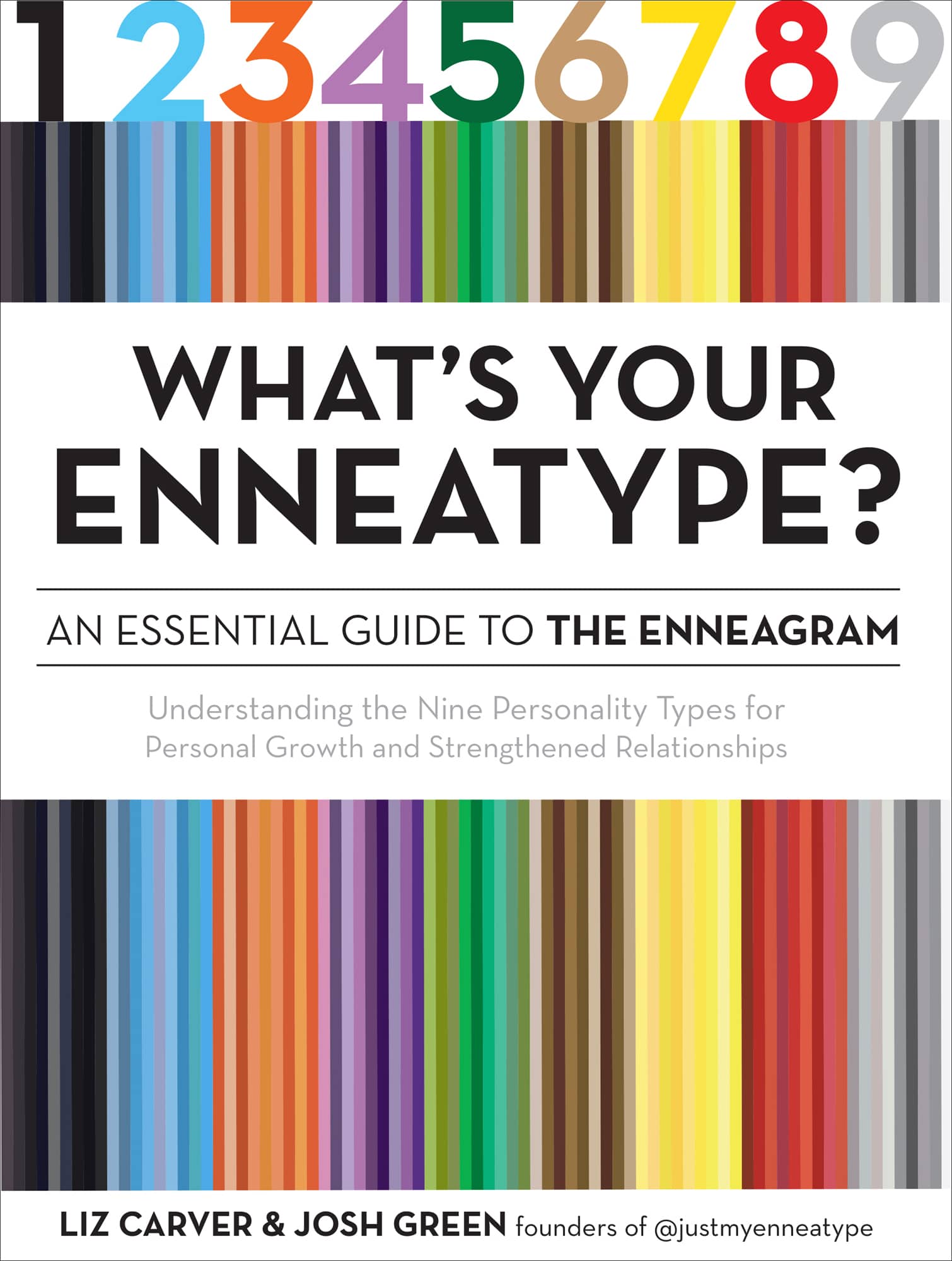
2020 Quarto Publishing Group USA Inc.
Text and Illustration 2020 Carver and Green
First Published in 2020 by Fair Winds Press, an imprint of The Quarto Group,
100 Cummings Center, Suite 265-D, Beverly, MA 01915, USA.
T (978) 282-9590 F (978) 283-2742 QuartoKnows.com
All rights reserved. No part of this book may be reproduced in any form without written permission of the copyright owners. All images in this book have been reproduced with the knowledge and prior consent of the artists concerned, and no responsibility is accepted by producer, publisher, or printer for any infringement of copyright or otherwise, arising from the contents of this publication. Every effort has been made to ensure that credits accurately comply with information supplied. We apologize for any inaccuracies that may have occurred and will resolve inaccurate or missing information in a subsequent reprinting of the book.
Fair Winds Press titles are also available at discount for retail, wholesale, promotional, and bulk purchase. For details, contact the Special Sales Manager by email at or by mail at The Quarto Group, Attn: Special Sales Manager, 100 Cummings Center, Suite 265-D, Beverly, MA 01915, USA.
Digital edition: 978-1-63159-885-2
Softcover edition: 978-1-59233-952-5
Digital edition published in 2020
Library of Congress Cataloging-in-Publication Data
Names: Carver, Liz, author. | Green, Josh (Psychologist), author.
Title: Whats your enneatype? : an essential guide to the enneagram : understanding the nine personality types for personal growth and strengthened relationships / Liz Carver, Josh Green.
Description: Beverly : Fair Winds Press, 2020. | Includes index.
Identifiers: LCCN 2020005263 | ISBN 9781592339525 (trade paperback) | ISBN 9781631598852 (ebook)
Subjects: LCSH: Typology (Psychology) | Enneagram. | Self-actualization (Psychology)
Classification: LCC BF698.3 .C378 2020 | DDC 155.2/6dc23
LC record available at https://lccn.loc.gov/2020005263
Interior Design and Page Layout: Laura Klynstra
TO THE BRAIN TRUST,
THIS IS ONLY
BECAUSE OF YOU,
AND THESE ARE
YOUR WORDS
AS MUCH AS
THEY ARE OURS.
CONTENTS
Guide
Whats Your
ENNEATYPE?
Understanding the Nine Personality Types for Personal Growth and Strengthened Relationships
LIZ CARVER AND JOSH GREEN

THE ENNEAGRAM:
What It Is and What It Isnt
Imagine your ideal dinner party. Who is there? Where is it? When is it? Are you hosting or cooking? Who helps you? Who is invited? Engage your senses. What does it look like? Sound like? Smell like? What will you eat? How and when does it end?
No matter what your answer is to those questions, it reveals a lot about you. Liz likes to host dinner parties in her home for small groups of invited guests. She makes way too much food in advance of the guests arriving, and they casually eat, drink, talk about everything, and listen to records until she eventually kicks everyone out by ten oclock. She doesnt like her guests to do any work, and she always want to eat on beautiful dishes that are themed to the occasion. She creates a lot of structure and does a lot of work so that there can be as much freedom and relaxation in the middle as possible. Josh, on the other hand, wouldnt be hosting in his ideal dinner party scenario; rather, the party would be at one of his best friends homes. This way the friend can be in charge of details, but Josh can be the number-one copilot and sous chef, making or preparing whatever it is thats needed. He would be among the first people there and the last one to leave. He could float around the room and have all sorts of fun conversations with a variety of people. The party would last for hours and hours, and the night would end with some sort of deep conversation with whoever was willing to stick it out.
We like this dinner party exercise because it reminds us just how differently each person is wired. Every response to this question is revealing. Whether you want to host, like Liz, or be the social butterfly, like Josh (or maybe you dont even want to go to a dinner party), every response reveals something about the person answering it.
We all see the world through a unique set of lenses that have been crafted over time. Our genetics, predispositions, families of origin, personalities, experiences, traumas, ages, socioeconomic status, ethnicities, and cultures all contribute to the way that we see the world and the way that we operate within it. Throughout life, we learn how to show up in the world, and by the time were in our twenties, barring any unexpected trauma, we have pretty nearly landed on a way of operating. The problem is that not all of the ways that we have learned to operate are good, helpful, or healthy. Many of our habits are actually coping mechanisms we learned early on, many of our lenses are clouded by childhood wounds, and many of our reactions in the world are formed by unhealthy patterns.
The Enneagram is a tool that helps us name what motivates people to do the things they do in the world. It is not a personality test, but rather a framework to be learned. In other words, it does not aim to help us understand what people do but why they do what they do. More than anything, the Enneagram invites you to grow out of how youve been operating, unlearn bad habits, and rewrite unhealthy narratives.
What It Is
NINE-POINTED FIGURE
The Enneagram is many things. The word itself means nine-pointed figure, and the figure is an incredibly helpful teaching tool. Each of the nine spokes represents a different type (Enneatype), named from ONE through NINE (simply generic words used to describe these types). Type NINE is on the top middle, and numbers ONE through EIGHT move around clockwise.
Each type is connected to two other types by lines that intersect the diagram. These lines, which we will describe in greater detail later on, depict the movements of integration (growth, health, wellness) and disintegration (stress, unhealth, chaos) for each type. Built into the Enneagram figure itself is the understanding that we are not always our best selves. Sometimes we are operating on empty and are unable to show up in the world in the way we would like to (disintegration). In these movements of disintegration, we take on some of the unhealthiest characteristics of the type to which we disintegrate, which is depicted by these connecting lines. Other times, we are the best version of ourselves and are able to transcend our daily behaviors to be something even greater (integration). In these movements of integration, we take on some of the healthiest characteristics of the type to which we integrate, depicted by the line connecting both types.



